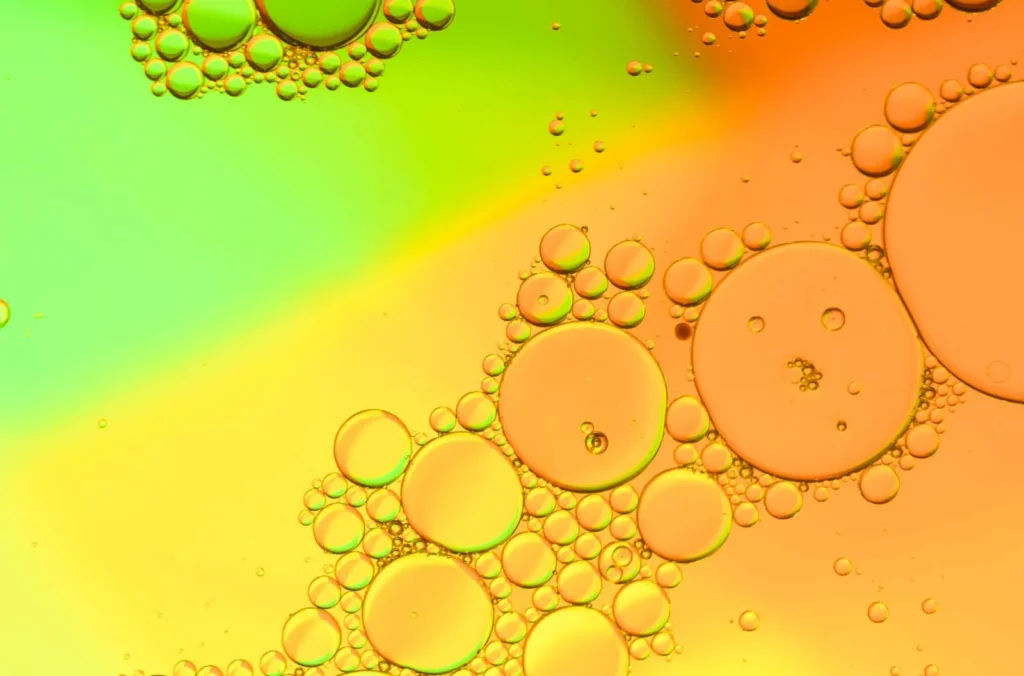How Defoamers Help Improve Performance in Coatings and Paints
How Defoamers Help Improve Performance in Coatings and Paints
Blog Article
The Function of Defoamers in Enhancing Item High Quality and Performance
Defoamers offer as crucial additives that alleviate this issue, making sure smoother manufacturing workflows while improving the practical and aesthetic attributes of the last products. The selection of the ideal defoamer can be crucial to achieving ideal results, raising essential concerns regarding formula compatibility and performance metrics that warrant further exploration.
Understanding Defoamers
Understanding the role of defoamers is vital for preserving product quality throughout various industries. Defoamers are chemical additives created to stop the development and decrease of foam in liquid systems, which can adversely affect procedures such as blending, filling, and surface tension. Frothing can cause inadequacies, item defects, and jeopardized aesthetic allure, making defoamers a critical element in manufacturing procedures.
In industrial applications, defoamers help to boost product uniformity and security. The efficient usage of defoamers not only makes sure smoother production procedures but also contributes to superior item performance.
Moreover, the choice and formulation of a defoamer need to align with certain application demands, such as compatibility with various other components, performance under varying temperature and pH conditions, and prospective governing constraints. Eventually, understanding defoamers' features and their significance in different solutions is important for enhancing manufacturing and making sure the finest quality final result.
Kinds Of Defoamers
Defoamers can be classified right into numerous types based upon their composition and system of activity. The key types consist of silicone-based, non-silicone natural, and not natural defoamers.
Silicone-based defoamers are among the most reliable, mainly due to their capability to spread swiftly on the fluid surface and interfere with foam formation. Their distinct chemical framework enables exceptional stability, making them appropriate for high-temperature applications and atmospheres with varying pH levels.
Non-silicone natural defoamers, frequently made up of natural oils or fatty acids, are valued for their biodegradability and reduced toxicity. These are commonly made use of in food and drink applications where safety and security and environmental influence are critical.
Not natural defoamers, which include compounds like talc or calcium carbonate, act by increasing the thickness of the liquid, thereby reducing foam stability. They are usually used in commercial processes where compatibility with other products is not a concern.
Each type of defoamer has distinctive advantages and restrictions, enabling for customized options depending upon the details frothing concerns encountered in numerous applications. Understanding these differences is important for enhancing performance and achieving wanted product high quality.
Applications Throughout Industries
Many industries take advantage of defoamers to boost item quality and operational effectiveness. In the food and beverage market, defoamers are important in processes such as developing and dairy products production to prevent foam formation, which can cause ineffectiveness and item variance. By controlling foam, producers can guarantee much better return and a more click for more consistent product.
In the pharmaceutical sector, defoamers play an important function in the formula of liquid medicines, where excessive foam can impede mixing and exact dosing. Their use helps keep the stability of the solutions and helps with smoother production processes.
The paint and coatings sector also relies upon defoamers to enhance the efficiency of items during application. By minimizing foam, these additives make certain a smoother surface and improve the visual top qualities of the end product.
Advantages of Making Use Of Defoamers
While the application of defoamers varies throughout sectors, their advantages constantly enhance item top quality and process efficiency. One substantial advantage is the decrease of foam formation during making procedures, which can otherwise cause manufacturing hold-ups and variances in product quality. By minimizing foam, defoamers make it possible for a smoother circulation of materials, helping with much more efficient procedures and reducing the chance of devices malfunctions.
In addition, using defoamers can enhance the look and texture of last items. In sectors such as coatings, paints, and food processing, excessive foam can endanger the visual aesthetic appeals and general top quality, while the ideal defoamer application guarantees a consistent surface and desirable attributes. Additionally, defoamers can add to cost financial savings by reducing waste throughout manufacturing and optimizing making use of raw materials (defoamers).

Choosing the Right Defoamer
Picking the appropriate defoamer is critical for maximizing manufacturing procedures and guaranteeing item high quality. The choice of defoamer influences not just the performance of foam control yet additionally the total efficiency attributes of the end product. find more Factors to consider consist of the sort of application, the chemistry of the formula, and the environmental problems under which the item will certainly be utilized.
Different industries might need specific defoamer types, such as silicone-based, natural, or polymeric defoamers. Recognizing the compatibility of the defoamer with the main ingredients is essential to avoid adverse responses that might you could look here compromise item stability. Additionally, the defoamer's performance in various temperature levels and pH levels must be reviewed to make certain constant performance.
Testing the defoamer in small-scale applications can give useful understandings into its efficiency and viability. Consideration of regulatory compliance, particularly in food, drugs, and cosmetics, is critical in choosing a defoamer. Inevitably, a thorough evaluation of these factors will bring about the option of a defoamer that not only manages foam properly but likewise improves the quality and efficiency of the end product.
Conclusion

In final thought, defoamers are necessary additives that considerably improve item quality and performance throughout different industries. The strategic option and application of defoamers lead to set you back financial savings, enhanced source usage, and enhanced customer satisfaction.
Foaming can lead to inadequacies, item problems, and endangered visual appeal, making defoamers an essential element in manufacturing procedures.

Report this page